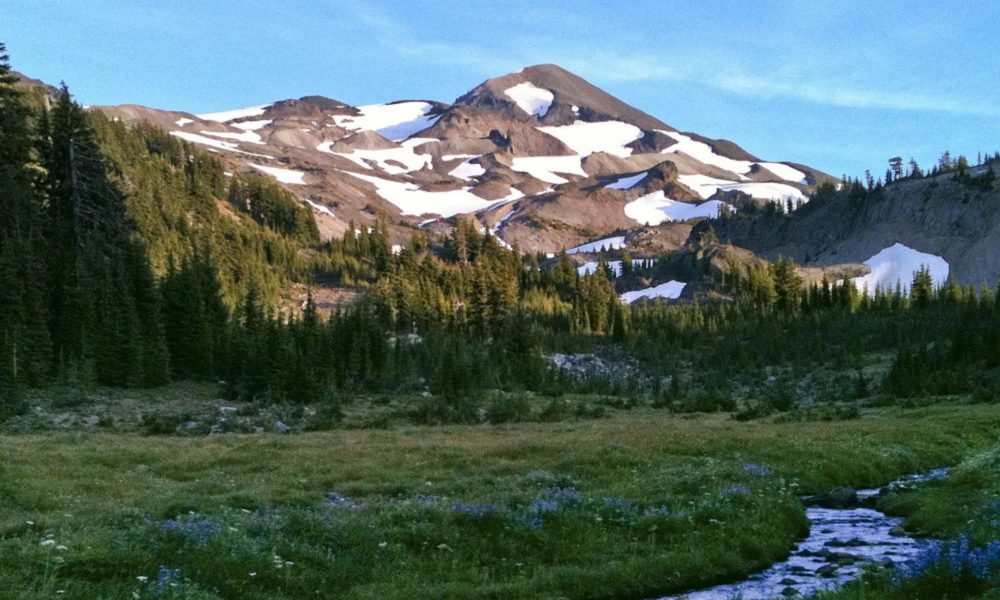Leaves are a great and underused resource – they can be used for food, shelter, water collection, medicinal purposes, etc. – and they are readily available here in the Pacific NW.
 Food and Medicine: We are lucky to be in a bioregion that flourishes with edible plant life. It is important to study up on native plants and their uses. An entire culture flourished here with the natural environment not too long ago.
Food and Medicine: We are lucky to be in a bioregion that flourishes with edible plant life. It is important to study up on native plants and their uses. An entire culture flourished here with the natural environment not too long ago.
One of my favorite medicinal plants here in Cascadia is Plantain. You can find plantain in your backyard and it is easy to mash up and turn into a poultice. To use: p lace the poultice on minor burns, stings, small cuts, etc. and cover it with another leaf. It is full of antibacterial and anti inflammatory properties.
lace the poultice on minor burns, stings, small cuts, etc. and cover it with another leaf. It is full of antibacterial and anti inflammatory properties.
A great reference book for this region is “Plants of the Pacific Northwest Coast (Washington, Oregon, British Columbia, and Alaska)” by Pojar and Mackinnon.
There are also great communities that practice these skills… Trackers Earth PDX even has a wild edibles talk coming up March 9th. Check out the group here: trackerspdx.com
Event here: http://trackerspdx.com/trackers-presents
 Water Collection: There are multiple ways to collect water using leaves and both require some patience and creativity.
Water Collection: There are multiple ways to collect water using leaves and both require some patience and creativity.
- You can harvest rainwater by positioning large leaves so that they collect and drain water into a container. Stems placed in the container will leave more surface area available for water collection and the water will conveniently run down the stems into the container.
- You can distill water by taking advantage of the transpiration that occurs naturally all day, everyday. All you need is some clear plastic – a clear plastic garbage bag would work well. While still on the tree or bush, gather up a large amount of leaves and wrap the bag around them. Tie the bag closed around the stems, making sure not to break them (you want the leaves to stay alive). Then let them sit in the sun. Water will transpire and collect in the bag. Important: Collect water from plants you know are safe. For example, you don’t want to collect water from poison oak or plants sprayed with pesticides. Stick to plants you can identify as safe and have many leaves (the more leaves the more transpiration).

Shelter: Shelter is something very important and also very comforting. A nice roof over your head is sometimes necessary to stay dry in this climate and it is also very comforting to be shaded from the sun and hidden from view. Leaves make great shingles and fine insulation. You might even think about setting up a water collection system with your shelter – keep yourself dry and hydrated!
It’s important to remember the value of the resources around you and to let your creativity flow. You can find most of what you need in our natural environment.


















You must be logged in to post a comment.